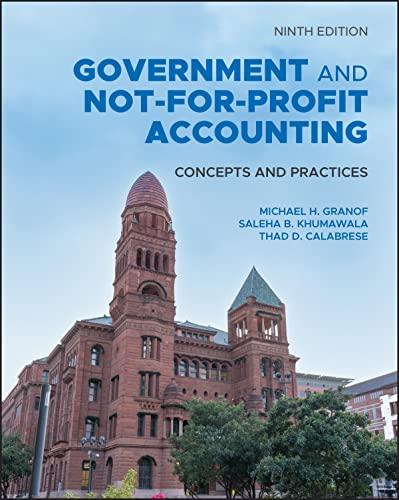An individual city employee is currently 50 years of age and anticipates retiring at age 65. Per
Question:
An individual city employee is currently 50 years of age and anticipates retiring at age 65. Per mortality tables, she is expected to live an additional 18 years post retirement. Taking into account her current salary and anticipated increases, her anticipated pension will be $80,000 per year. She began her employment with the city at age 30 and has therefore been already employed for 20 years. The city uses a blended rate of 6 percent to value its pension obligation.
1. How much would the city need to have in its pension fund at the time the employee retires to be able to make the required payments to the individual for the remaining 18 years of her life ? What is the present value of that amount in the current year, when the employee is age 50 ?
2. Assume that per an approved cost method, an actuary determines that 45 percent of the pension liability should be allocated to her years of service to date . What should be the total pension liability for this employee at the end of the current year?
3. Assume alternatively that the city uses a discount rate of only 4 percent rather than the 6 percent. What would now be the total pension liability?
4. Suppose that you represented a conservative political group that argued that the city could no longer afford its defined benefit plan and wanted to see it discontinued. Why might you favor an accounting standard that permitted only relatively low discount rates, such as one based on risk-free U.S . Treasury bon ds? Suppose instead that you represented an association of city employees who wished to protect the current pension plan. Why might you argue for a standard that allowed for relatively high discount rates?
Step by Step Answer:

Government And Not For Profit Accounting Concepts And Practices
ISBN: 9781119803898
9th Edition
Authors: Michael H. Granof, Saleha B. Khumawala, Thad D. Calabrese





